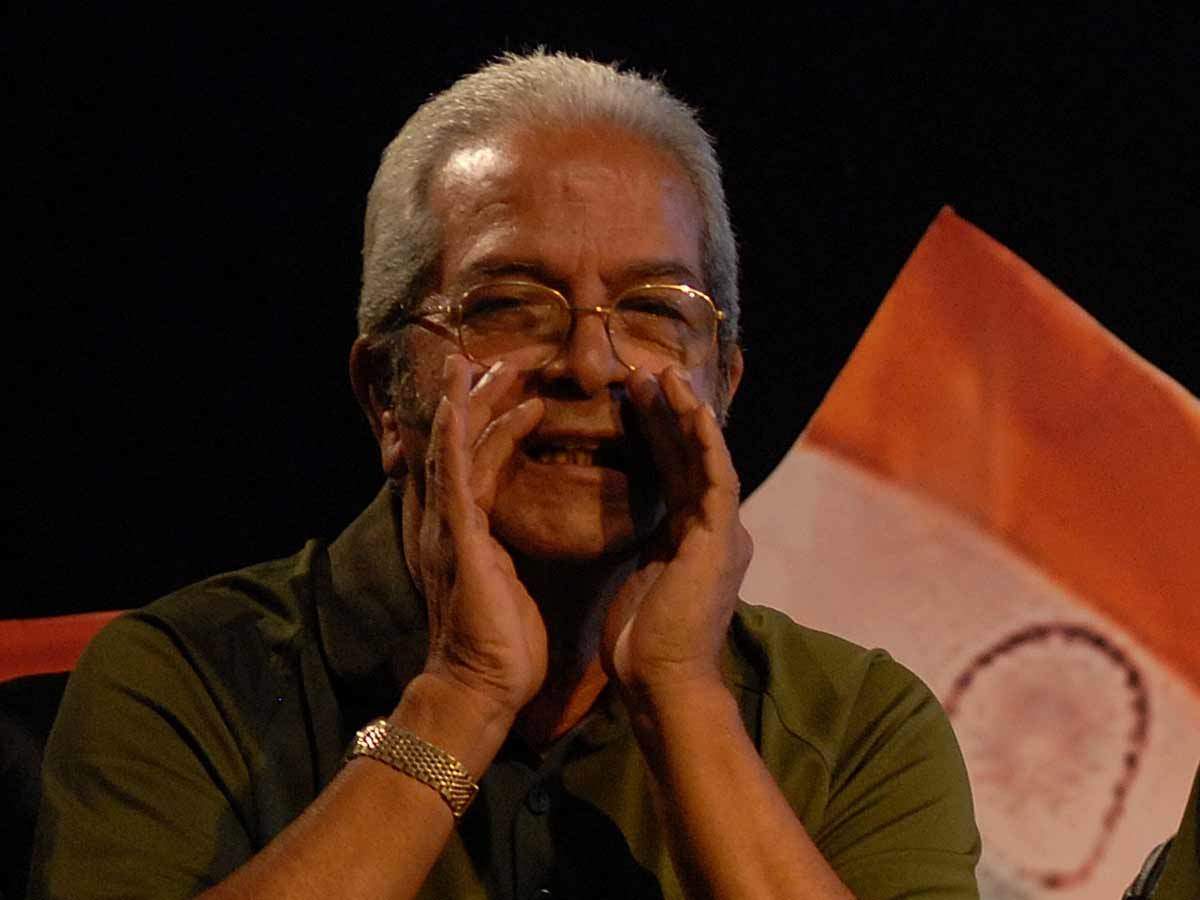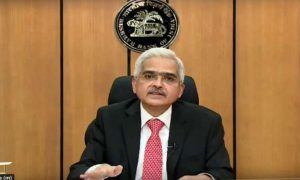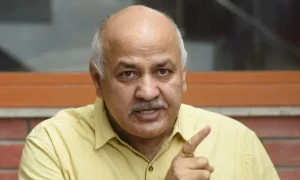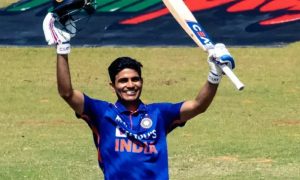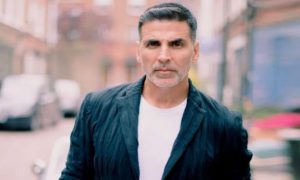Vasoo Paranjape passed away at 82 in Mumbai on Monday.
Of all the vignettes that capture the influence of Vasoo Paranjpe, a club cricketer, mentor, coach, and margdarshak to so many cricketers from Sunil Gavaskar to Rohit Sharma, it’s Ramesh Powar’s tears that tell the story. It appears in Jatin Paranjpe’s heartfelt ode to his father, ‘The Cricket Drona- for the love of Vasoo Paranjpe’, a book of gratitude from many cricketers whose lives he touched, shaped and formed before retreating silently into the shadows.
Powar breaks down as he recounts his emotional debts to his “sir”. The young Powar had lost his father, his brain addled with self-doubts, his soul weary of the game when Paranjpe came calling. “While I thought I was a nobody, Vasoo Sir had faith in me. I won’t call him my guru, because a guru is someone who just teaches you. To me, he is much more than that: a guiding light that appeared in my life at the right time. Without him, I would have been nowhere,” Powar sobs in the presence of the co-author Anand Vasu.
It’s a familiar theme in the life of Paranjpe: A flamboyant character who first awes people and later becomes their Jambavan, the mythical character from Ramayana who made Hanuman realise his capabilities and motivated him to fly across oceans.
It was Paranjpe who Sachin Tendulkar thanks for his early climb up the cricketing ladder. “Yeh lagne wala player nahi, Lagane wala player hai,” Tendulkar recalls Paranjpe’s words to the late Raj Singh Dungarpur which convinced the board president to take a leap of faith on a 16-year old. It was Paranjpe who told a 14-year old Rahul Dravid, who was playing as a second wicket-keeper who could bat a bit, that “you are going to play for India but not as a wicketkeeper”.
It was Paranjpe who first recognised and made Anil Kumble, who had come to a camp as a batsman, realise that he could be a good leg spinner instead. The book has an extremely cute letter from a 17-year old Kumble to his “dear sir” where he informs about his admission to an engineering college – “One of the best in Bangalore”, an ankle injury and typhoid that disrupted his cricketing season and ends with “I hope I will make up for the loss this year. Wishing you a very happy New Year”. It tells so much about trust, love, and openness in the relationship.
Hopeful novices and grizzly veterans turned to him for validation and direction. It’s Paranjpe whom Gavaskar turned for clarity in his career, apologising for a bad shot with a promise he would make up in the next – a cracking double hundred against West Indies in 1983. Only Paranjpe can comment with authority about Gavaskar, a great batsman with almost unparalleled achievements: “He still couldn’t do justice, I believe, to his stroke-making talents.” Or … “It has been remarked that Sunny did not always face the best bowling attacks. For my part, I always believed Sunny could play a convincing innings against any formidable attack.” A compliment that almost reads like a sigh about what could have been about a batsman who first broke the 10,000 run barrier. He knew which buttons to press, how to tailor it according to the stature of the players. Whom to inspire by talking them up, who to inspire by reminding they could do more.
In his tribute in the book, Rohit Sharma calls Paranjpe as his “father figure”. Impressed with what he saw in the nets, Paranjpe had a quiet word with the captain and drafted Sharma in the U-17 team. And kept shaping his game in the ensuing years. Sharma writes about how he would ask, “anything?”, and would eagerly await Paranjpe’s feedback about his game even in the latter days. “When I look back, I realize how shrewdly Sir had forged the path that led me to the world stage of cricket. I was not from a big club or a big school or a college team. I was an outlier. But Sir’s recommendations to Pravin Amre, Kiran More and Dilip Vengsarkar got people talking about me, and I delivered on that promise. Without Sir by my side in those early years, I would not have been able to achieve as much as I fortunately have.”
Former India batsman and selector Dilip Vengsarkar shared his memories of Paranjpe.”He has a great knack of spotting talent. I still remember I was playing Times Shield final at Parsee Gymkhana and he came and said, “Ek ladka hai Sachin, tu uski batting dekhne chal.'(there is a boy Sachin, come watch him) I asked where? He said at Azad Maidan, he is playing Harris Shield School final. If Vasu has spotted him that means he has to be special. I went and saw Sachin bat and later he was picked in the Mumbai team. Vasu’s best art was how he would add humour to convey a message. It was his best quality. I have known him since I was 15 years old. He was Dadar Union coach, Mumbai coach.
He is the last man of that era who were mad about cricket. They did without expecting anything in return. A selfless man with a great sense of humour.”
There is something so ‘Malgudi Days’ about the life of Paranjpe as described in the book. The thumbs up beverage that Paranjpe sipped after three of his teeth were knocked out by a bouncer in a club game, the old rickety car he would drive to matches, the spotless cricketing attire that even Gavaskar would admire. The little moments in a club game for his beloved ‘Dadar Union’, the endearing cussedness of a Vijay Patil, Paranjpe’s friend and team-mate who wouldn’t let the players celebrate with beer, Ajay Jadeja’s hilarious first memory of “buddha pagal hai” (the old man is mad)… the list is endless.
Not many sportsbooks whisk us to our childhood days. Jatin Paranjpe’s Cricket Drona is one of the happy exceptions. Page after page, famous cricketers across India and even abroad pay their guru-dakshina to the popular cricket mentor but the aftertaste that lingers is something beyond even Vasoo Paranjpe. By conveying his unadulterated love for the game and his hand in their fate, the cricketers yank us to a state of cricketing adolescence. If he could do that to us, mere fans of this great game, imagine the effect on the cricketers who play it. No wonder, he has earned such love, respect, and gratitude from all cricketers. He saw in them what they couldn’t see, a mark of a true margdarshak.

